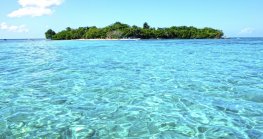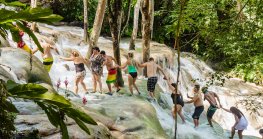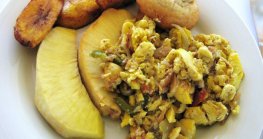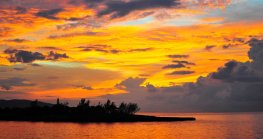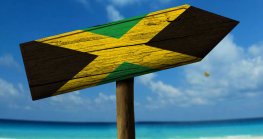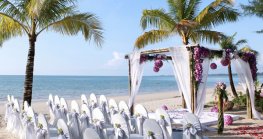Let’s Go Spelunking! Caving in the Cockpit Country
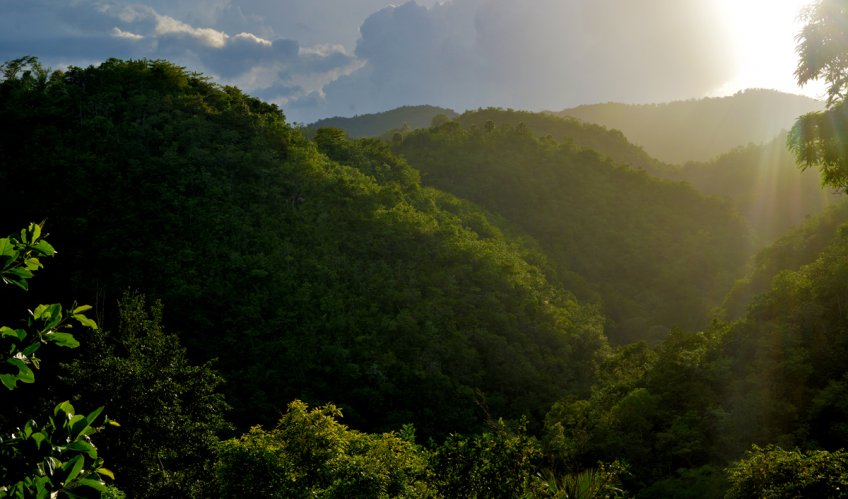
The undulating, green hills of Jamaica’s Cockpit Country are a vast and spectacular sight to behold. Caving in the Cockpit Country reveals the beauty of this region from a whole other perspective. There are no roads into the dense vegetation in land that resembles an egg carton, with rise and falls of limestone with caverns underneath. You can only access it by going through the Maroon settlement, descendants of slaves who fled there 100 years before slavery was abolished.
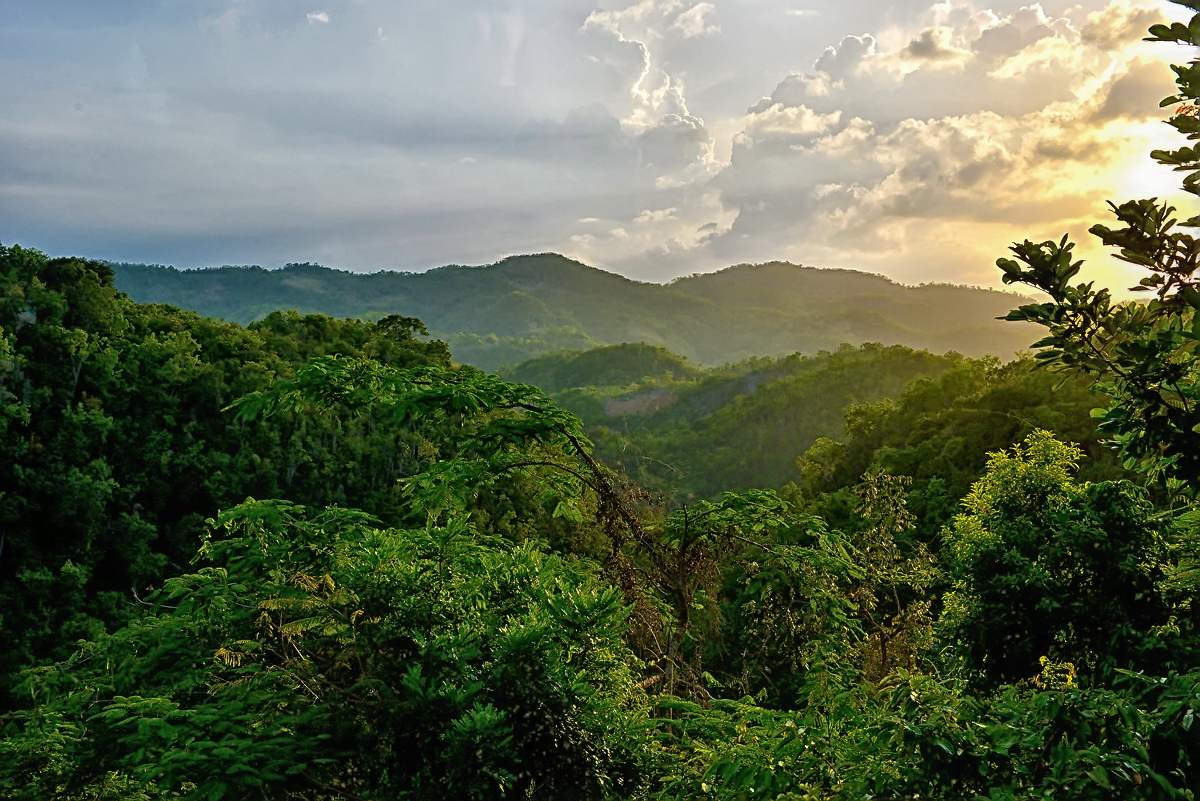
There’s no shortage of caves to explore here. Speleologists have documented well over 800 caves of various sizes and believe there are hundreds more to explore. The underground system is vast, as it is believed to spread from the hilly interior of Linstead, St. Catherine all the way to Montego Bay in the North-West. Some passages that connect the caves are only a few feet long while others go on for miles in the limestone belly of the island.
History is alive inside these caves, some of which have played important parts in the story of the country. The now extinct Taino Indians(originally known in the history books as Arawaks) left behind paintings and carvings on the walls inside some of the caves which were used by them for shelter, for ceremonial occasions and burials. If you want to see some of these paintings, start at the Pantrepant Farm in Trelawny or the Mountain River Cave in St. Catherine.
Pots and pans made from earth, skeletal bones and artful carvings were all removed from the innermost corners of these caves. The most famous Arawak carvings now sit in a British Museum but were removed from the Carpenters Mountain caves in 1792. Copies can be viewed at the Institute of Jamaica on East Street in Kingston. Hobbyists often do a little digging in hopes of finding shard of pottery or bones.
Secret meetings and religious ceremonies were common in the caves during the period of slavery. Rebellions were planned in these caves and missions detailed. Others housed runaways seeking refuge from the plantations. The Three Finger Jack’s Cave for instance is one famous for housing the notable rebel.
The Government of Jamaica used the caves in Runaway Bay to store rum during World War II and it is alleged that pirates would also store their loot in these caves. In fact, notorious 17th century pirate Sir Henry Morgan’s loot that he amassed over the years is said to be hidden in Port Henderson hills.
On a more gory note, Hutchinson’s Hole at Edinburgh Castle in St. Ann is named after the slave owner who had a penchant for shooting those he wasn’t fond of and would then order his slaves to throw their bodies in the sink hole. The Roaring River Cave in Westmoreland is also believed to be haunted by spirits who must be appeased by christening the mouth of the cave with a pint of rum before entering to avoid be troubled by the ghosts.
If you’re into mermaids then chase after Jamaica’s cave myth of the “River Mummas” who are also half human, half fish creatures who live in caves that have rivers flowing through them, like the Quashie River Sink in Trelawny. These River Mummas are known as the guardians of the river heads and protect the treasures hidden within the caves. If you see one combing their hair with their golden comb, know that this is where their power lies and if you’re able to get your hands on one then the River Mumma will give you gold to get it back. Intrigued?
If you’re not an expert then stick to the more popular caves such as the Two Sister’s Cave in St. Catherine, the Green Grotto Caves and Windsor Caves on the North Coast or the Nonsuch Cave in Portland. These are show caves and can be easily explored by anyone.
A vast majority of Jamaican caves are ‘wild caves’ that shouldn’t be visited by anyone who’s not an expert. They are not easily accessible and there have been persons reported missing after trying to explore these caves. Seek guidance from experts and guides and stick to those operated by tour companies if you’re uncertain of what lies ahead.
Visit www.jamaicancaves.org for guidance on exploring these caves with the proper safety measures in place.
© 2019 Jamaica Experiences All Rights Reserved





